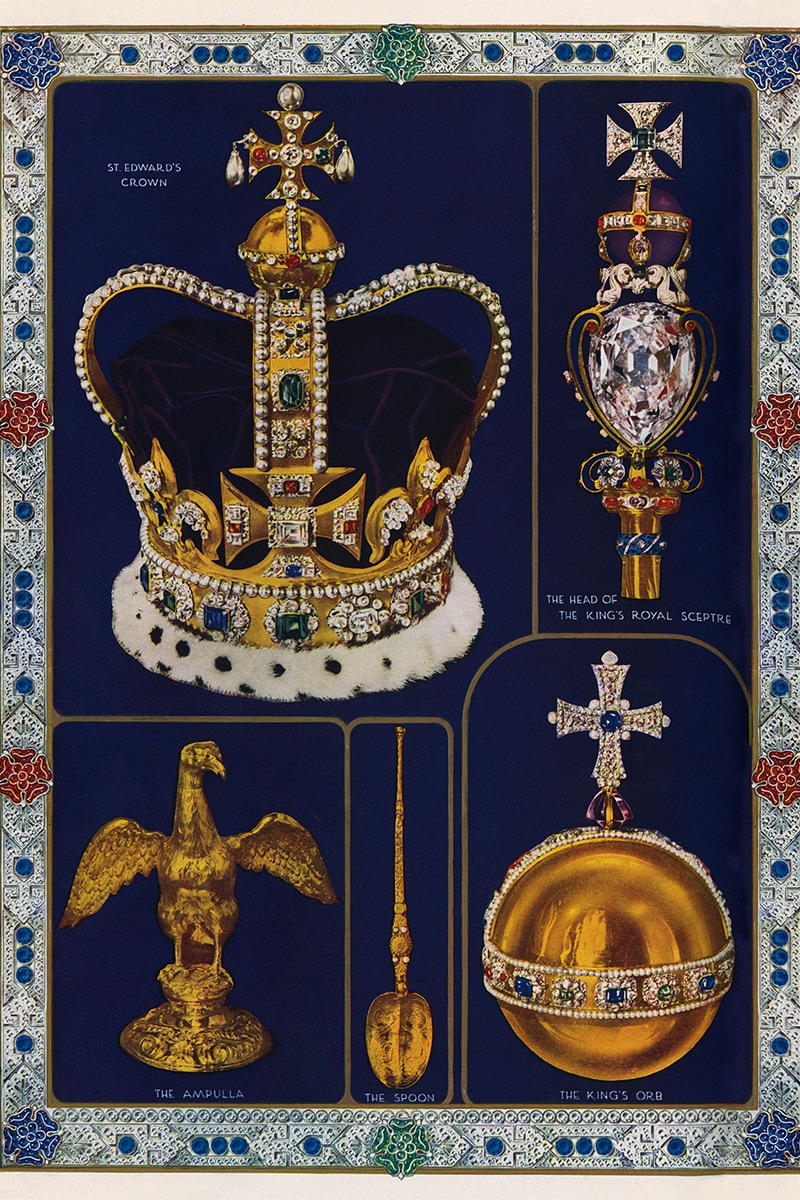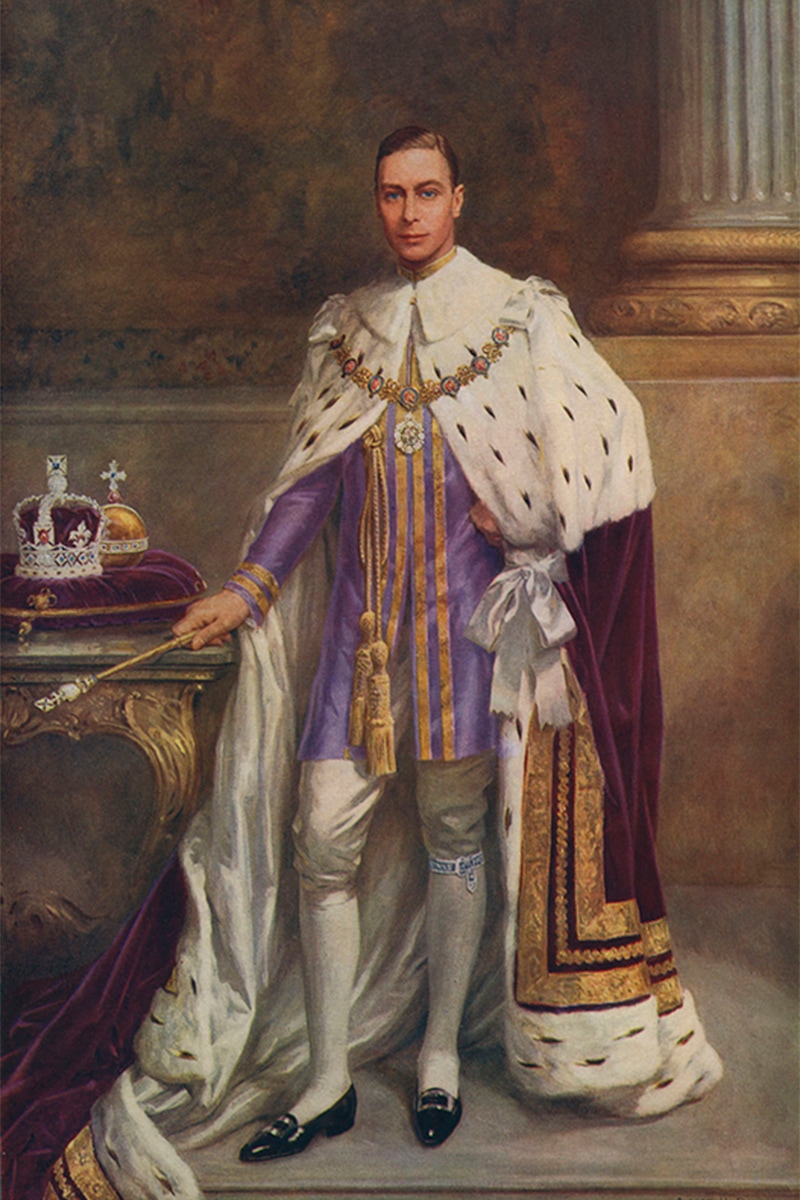Prime The Pomp

There are times when even the most committed of rakes and the most dedicated of dandies wake in the morning and cannot face dressing up. Let’s hope King Charles isn’t overcome with sartorial ennui when he rises from the regal bed on the morning of May 6, the day Britain will surely show the world the true meaning of pomp and circumstance. Our parliament may be feeble, our borders may be porous, and our health service may be ailing, but when it comes to pageantry and tradition, nobody does it better than the (not always) United Kingdom. As the focus of the event, the King will be expected to push the boat out in the costumes and regalia department, even if he has pledged to make his coronation a more modern affair — with a mere 2,000 guests, as opposed to the 8,251 who attended the crowning of his mother 70 years ago. Part of that modern approach will involve ditching the silk stockings and breeches worn by past kings of England in favour of full military dress, though even that will appear reserved in relation to the extreme ‘layering’ that will occur during the ceremony’s multiple costume changes.


Following rules set out in the Liber Regalis, the document said to have been created in 1377, prior to the coronation of Richard II, the King will don the colobium sindonis, or ‘shroud tunic’, for his anointment with oil by the Archbishop of Canterbury. It is a simple garment that aims to convey the very opposite of status and majesty. Once suitably lubricated, however, Charles will be regaled in the Byzantine-inspired coat of golden silk and lace called the supertunica that was made for the coronation of George V in 1911, over which will be placed the Imperial Mantle followed by the Stole Royal (the Queen’s version of which was made for her by the strappingly named Worshipful Company of Girdlers in 1953).
Next, King Charles will be invested with regalia and crowned, prior to which the pallium regale, or ‘robe royal’, will be placed over the supertunica, with both being removed before the freshly crowned monarch processes from Westminster Abbey wearing the lavish Imperial Robe (the purple velvet example made for the late Queen Elizabeth weighed 15 pounds and was almost 20 feet long). It’s a wardrobe that makes the contents of J.Lo’s closet seem positively pedestrian. But the value of the coronation garb pales into insignificance against that of the main attraction: the crown jewels.


Another key accessory is the sovereign’s orb, a five-pound (in weight, that is) gold ball mounted with emeralds, rubies and sapphires edged by diamonds and pearls. Although the King’s coronation will embrace diversity through nods to different faiths, the event is still described as “a solemn religious service rooted in tradition and pageantry” — and the orb, topped with a cross set into a globe, is there to symbolise both the monarch’s power and the Christian world. All that’s left after that is the crown. Or crowns. Yes, there are Rarely seen outside the Tower of London, the full set runs to more than 100 items and is certainly the most complete collection of royal regalia in existence. It won’t all be coming out on May 6, but the key pieces will be central to the ceremony. Among the more obscure items will be the coronation armills (otherwise known as bracelets), a pair of solid-gold cuffs that were inadvertently omitted from crownings for several centuries due to a misinterpretation of the Liber Regalis (heads should have rolled).
Read the full story ‘Prime the Pomp’ in Issue 87, available to purchase on TheRake.com and on newsstands worldwide now.
Subscribers, please allow up to 3 weeks to receive your magazine



